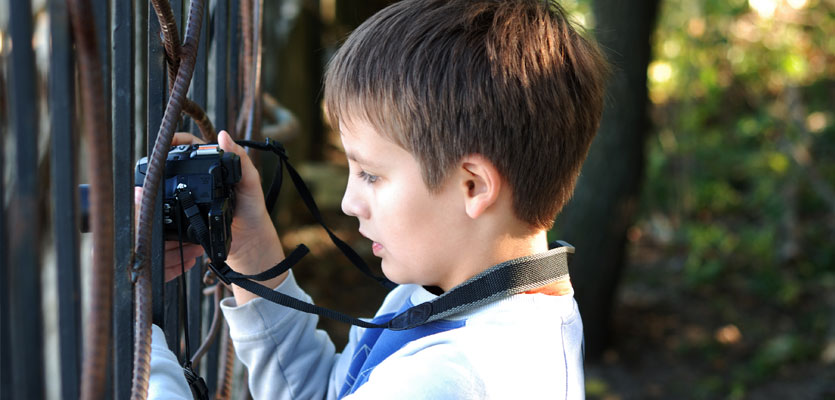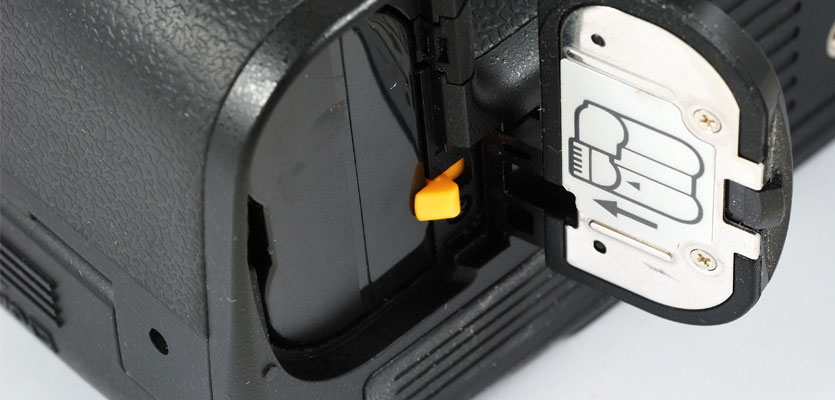Making The Most Of Camera Battery Life

Since I have arrived on the Zuiderdam, I have been getting quite a few questions about battery issues with digital cameras. Therefore, I thought I would dedicate this blog to all of those camera owners out there that seem to run down their batteries before their Shore Excursions even begin! So here are some tips to prolonging your battery life so that you do not miss an opportunity to capture a picture!
Tip #1 KEEP LCD USE TO A MINIMUM
The most battery life is used when your screen in turned on. Every time you open up your camera to review or delete pictures, or even navigate through your settings/menu, you are using up power. Try to avoid doing this when you are away from your charger or if you forgot spare batteries.
Tip #2 WAIT TO MANAGE YOUR PHOTOS
Since digital cameras allow us to take multiple photos as well as store them, it is a smarter idea to wait until you can plug your camera into an AC adapter before you manage the pictures. That way you won’t drain the battery by looking through or editing your pictures through your camera. It may seem easier to delete, crop, or view your pictures in your camera, but it will leave you with a lot less power then if you waited to do so with an adapter.
Tips #3 TRY NOT TO USE THE MEMORY CARD
This tip goes hand in hand with the others, but just to keep in mind, anytime you are accessing your memory card, meaning, previewing photos or videos in your camera just to look through them, you are draining your battery as well.
TIP #4 DON’T MIX DIFFERENT TYPES OF BATTERIES
Keeping the same types of batteries can help conserve power in digital cameras and other devices as well. This is because the performance of older batteries will not be as good as the new ones and will deplete much faster.
Tip #5 LET BATTERIES RUN OUT
Letting batteries completely run out of power before recharging them can actually help them last longer and increase their performance. Sometimes people forget that just because your batteries are holding enough energy to run your camera, it doesn’t mean they are completely out of power. Sometimes when your camera says to “check your battery power” and then shuts off, sometimes means you still could turn your camera on a few more times and squeeze two or three more photos out of your camera before it is permanently dead.
Hopefully this can help add some battery life to your camera. This is kind of a strange thing to blog about but I know that the worse thing ever is when you are about to take a picture and you see that the battery is on its last leg. I recommend that you follow this few helpful tips so that your battery power works to its full potential!
Keep on snapping those pics!


